Every day, new affiliate marketing video guides on YouTube emerge, teaching viewers how to use push notifications for promoting affiliate offers across different verticals. However, it is important to note that many of these videos primarily target newbie affiliates and often omit crucial points intentionally. Recently, one of the MyBid affiliates shared an interesting case study that involved repeating a strategy demonstrated on YouTube, which combined the use of push notifications with Progressive Web Applications (PWAs) to promote a gambling offer.
In this article, the affiliate provides a detailed account of the approach employed and presents the outcomes of the campaign. We pass the floor to Alex.
During the spring, I came across a video by YouTuber Dmitry Leto, in which he talks about how to promote gambling offers with push notifications and PWA applications. Interested in his insights, I decided to replicate his case study to see if it is possible to make money using the strategy he shared.
Initial data
To test the advertising campaign, I allocated a budget of $100. I signed up for the same affiliate program and obtained the referral link for the offer shared by the YouTuber. Additionally, I used the same PWA app builder as the YouTuber, but I will discuss that in more detail later on.
Considering the fact that the video was posted over 8 months ago, it wouldn't make sense to search for and use the creatives shown by the YouTuber in the video. Therefore, I prepared my own set of creatives. We also used different tracking tools, Keitaro and Bemob.
We purchased push traffic from MyBid, a fully-managed ad network. We have been buying high-quality traffic from them for more than 1.5 years and have never seen our creatives in spy tools. This is because more than 90% of the sites on the network belong to MyBid.
Offer
Based on the recommendation of the affiliate manager, we chose the Brazino777 offer, a highly-converting offer targeting the Brazil geo. The payout on CPA is $25.
This is what the main landing page on the offer looked like:
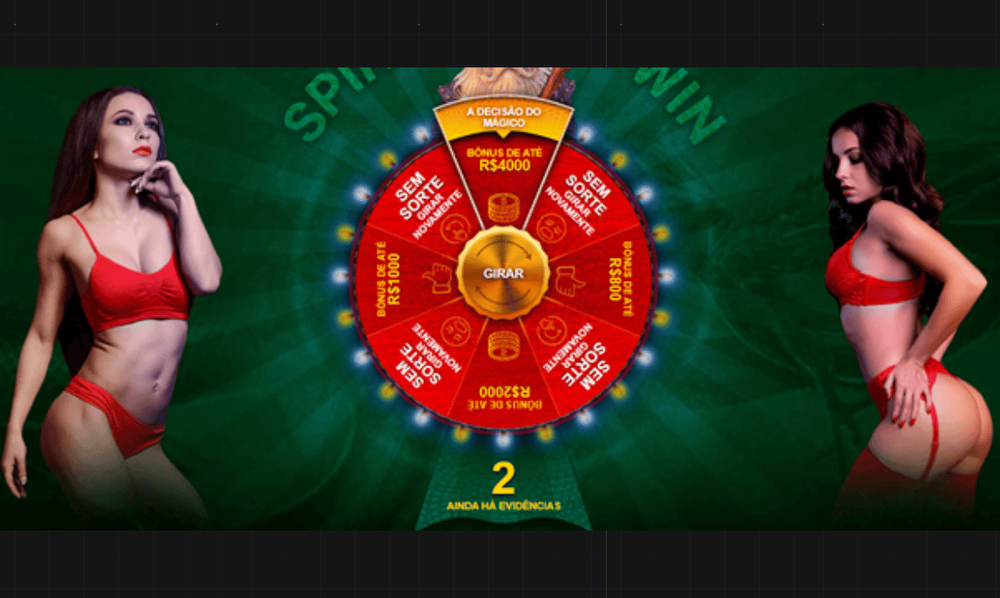
When deciding to work with this specific offer, I learned from other affiliates that there had been recent issues with payments and site operation on the offer provider’s side. However, during the launch of the advertising campaign, there were no problems with the offer.
Creatives
For the ad creatives, the YouTuber used traditional approaches for the gambling vertical, including a call to install the application and make a deposit. To avoid misleading viewers, in some creatives, amounts 1.5-2 times higher than the minimum deposit were indirectly mentioned.
For example, in one of the creatives, a character named Gabriel is shown celebrating a big win that he achieved with a deposit of only 50 reals. I believe some viewers might recognize this Gabriel.
Also, some of the creatives were created based on screenshots of the landing pages with a wheel and half-naked beauties:
Icons in push notifications imitated notifications about incoming unread messages. However, some of them used traditional gambling elements.
For clarity, I will provide several examples at once, along with headers and message texts:
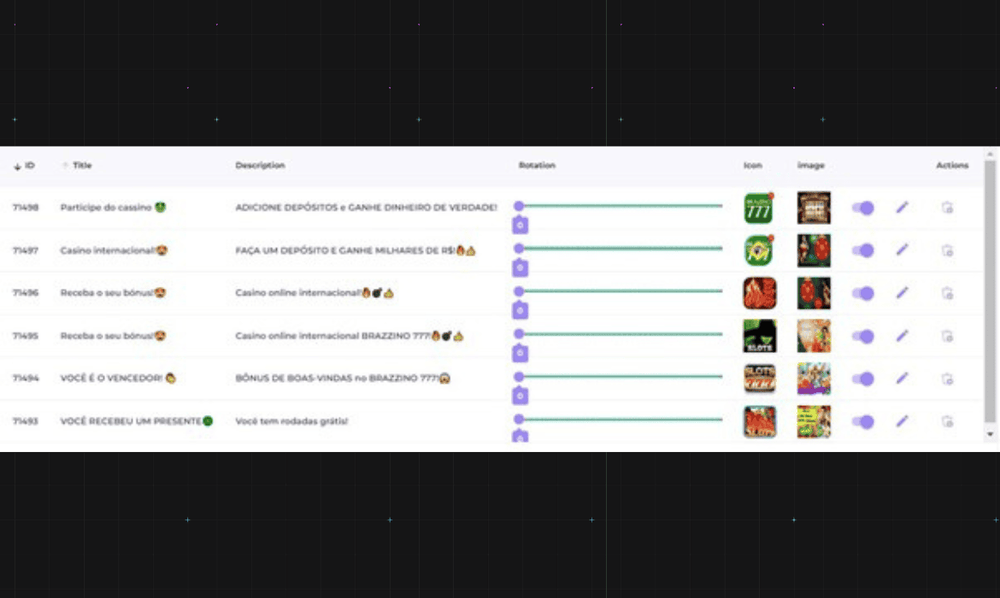 PWA
PWA
As promised earlier, I am going to discuss the difficulties that came up during the building of the PWA.
Setting up the "Affiliate/offer - advertising network - tracker - PWA-service" chain on the service side took me almost a day and a half, considering the waiting time for responses. However, it was not possible to set up all the postbacks at first. In the user's account, the option to obtain a ready-made link to the application disappeared, and later, there were constant problems with macros. The manager simply provided a link to a document with general instructions for using the PWA constructor.
Considering that the video guide is primarily targeted towards beginners, I decided to allow myself not to receive all the parameters in the tracker.
Throughout the campaign, I used two app designs:
1. A custom design with maximum compliance with the style and identity of the offer:
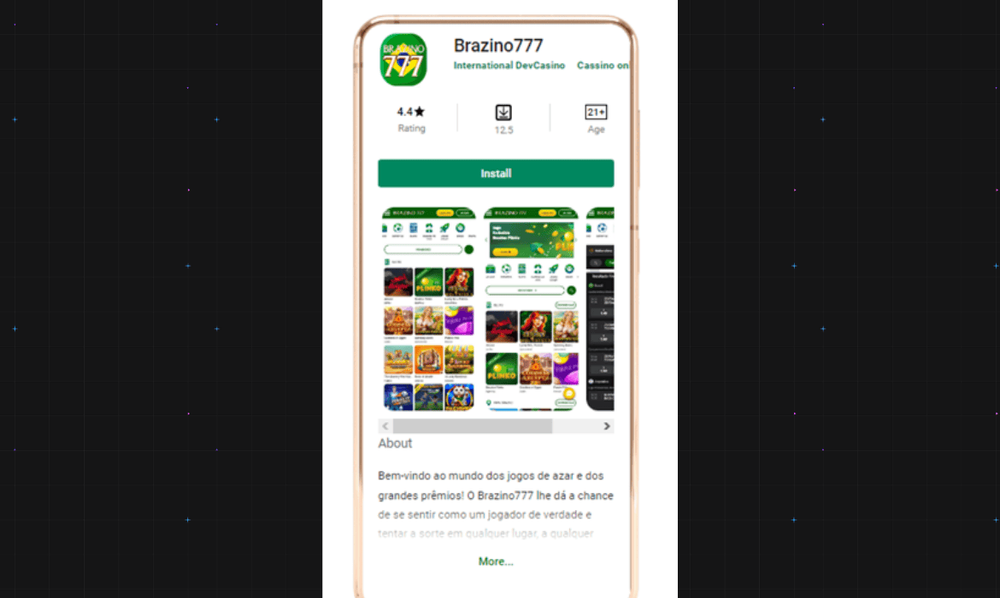
2.A ready-made more aggressive design that offers a PWA service:

Each option has comments and a description created using ChatGPT, as well as avatars with photos of people from the local population:
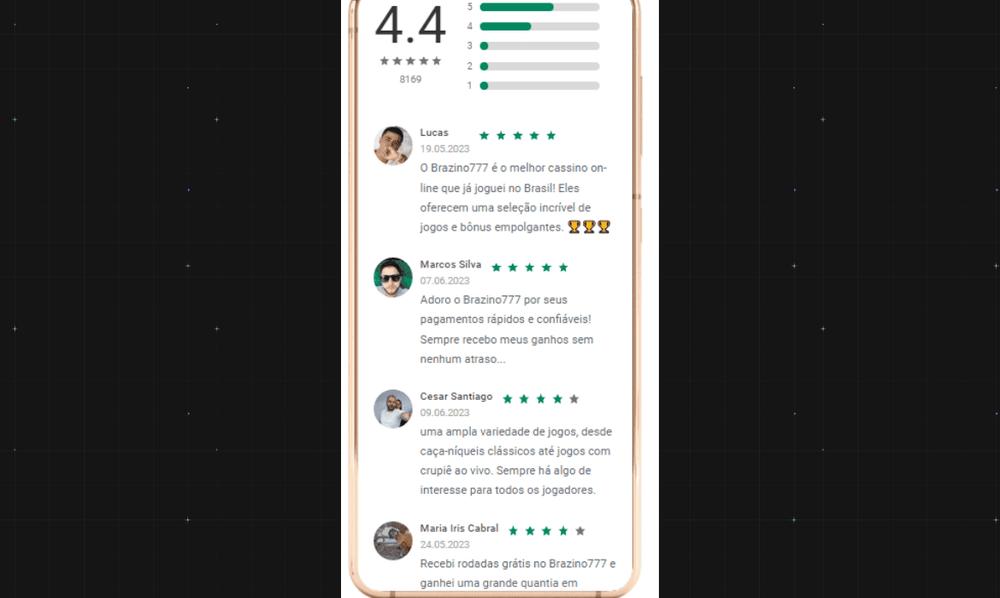 Campaign and optimization
Campaign and optimization
Initially, I planned to drive traffic not only through classic push notifications, but also by capturing a larger audience through the addition of InPage push. However, when I informed my manager at the MyBid network that the price of each registration should not exceed $1, he recommended starting with classic push notifications only. Bidding in the auction during the campaign launch gave hope that even with $100, one could get tons of targeted traffic volumes.
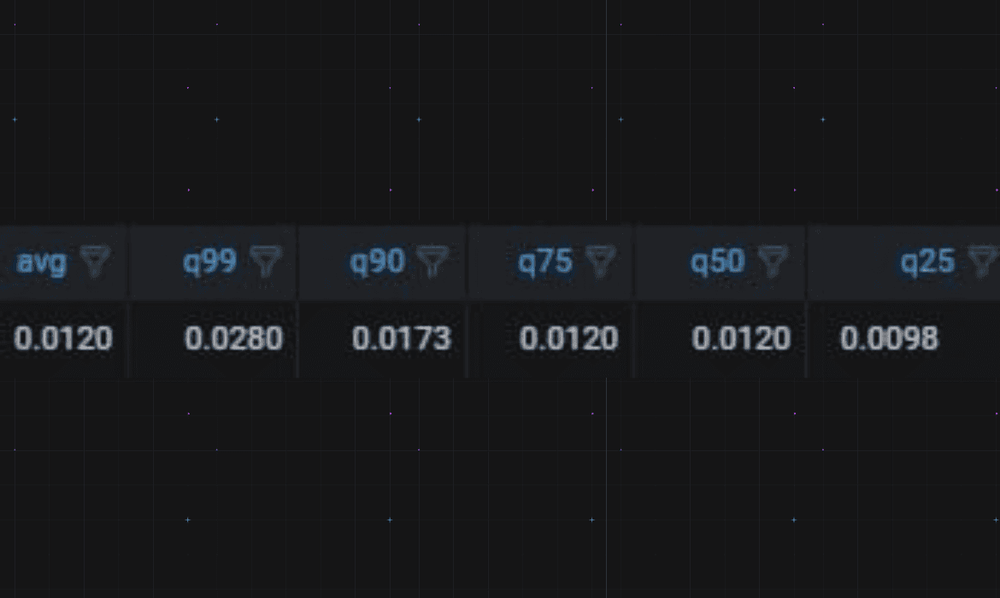
Then the manager proposed the most suitable approach to the advertising campaign, taking into account the volume of traffic in this GEO and the offer itself.
During the 5-day campaign, we raised the rate only a few times—from $0.0120 to $0.0150 — and then lowered it back to the previous value. Additionally, I believe that the campaign was positively influenced by the fact that, upon my request, the manager of the advertising network immediately selected the most relevant sites during its creation stage.
During the campaign, 7 new creatives were added to the campaign based on the CTR of the first day, and ineffective creatives were disabled. In the span of 5 days, slightly over $90 was spent, resulting in 5040 clicks, out of which 52 installations and registrations were obtained, along with 2 FDs.
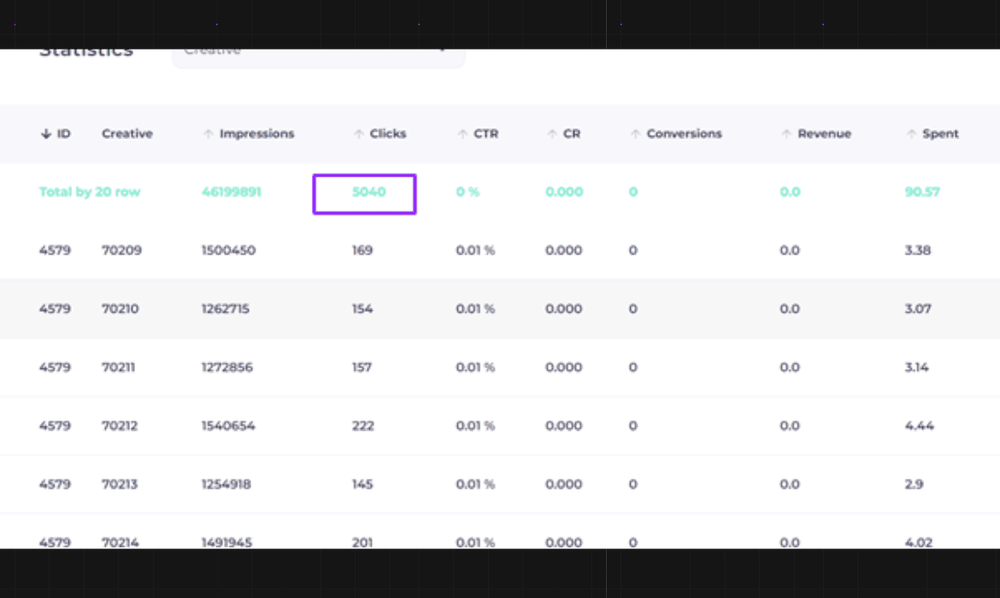
Users who have not yet made a deposit are sent daily push notifications at 08:30 and 20:30 local time. Here are some examples of such messages:
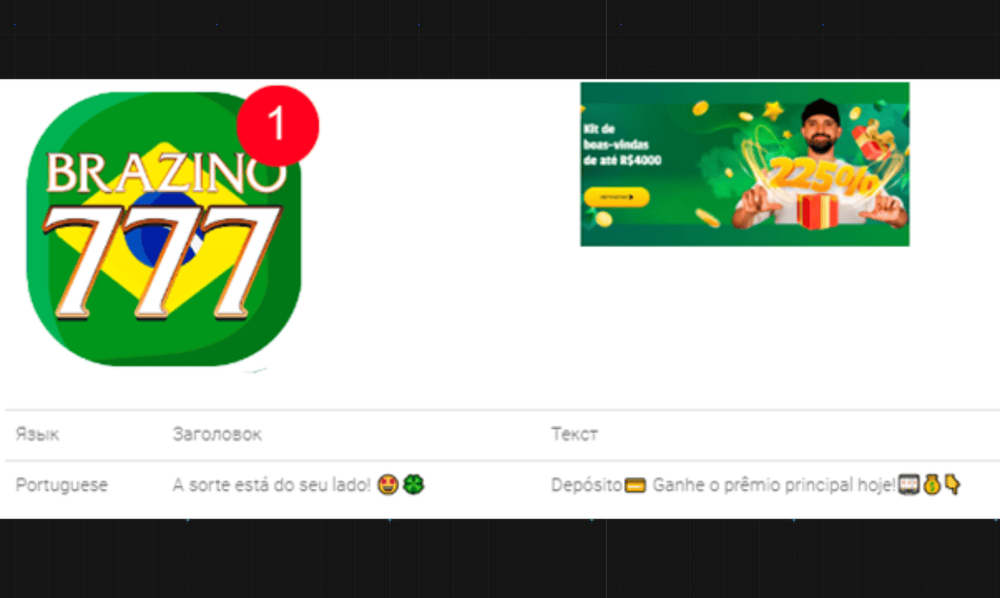
Considering that the offer accepts delayed deposits within one year after the user's registration, you can safely count on 1-2 FD. However, even during the testing stage, if we disregard the problems with the integration of PWA and the tracker, which resulted in distorted data on the number of impressions, clicks, and registrations, I managed to achieve an ROI of approximately - 40% based on delayed deposits and the remaining budget of $10.
By the way, at the moment when I am writing this case, the offer site decided to go down again, and the campaign had to be temporarily stopped.
Conclusion
We are convinced that this mini case study shows that not all video instructions from YouTubers in affiliate marketing are fake. However, a lot depends on the quality of the traffic that the network provides, the experience of the advertising network's managers, the affiliate program, and the support of the PWA service.
Push notifications to PWA are in many ways similar to the usual pre-landers: there is less traffic and fewer registrations, but at the same time, the conversion rate is higher. If you are a new affiliate, it is better to seek the support of a manager in a fully-managed network to avoid burning your first $100-200 on campaigns.